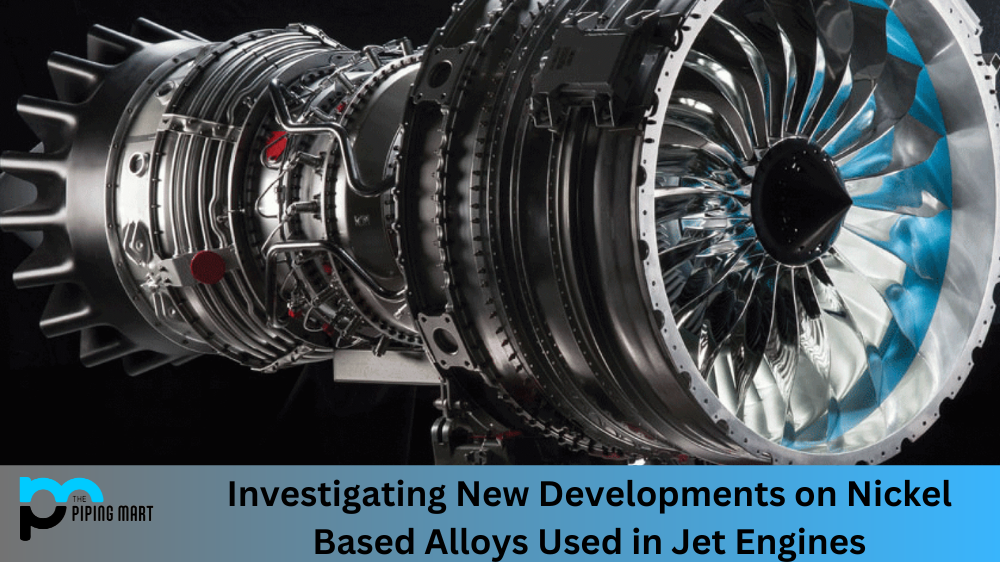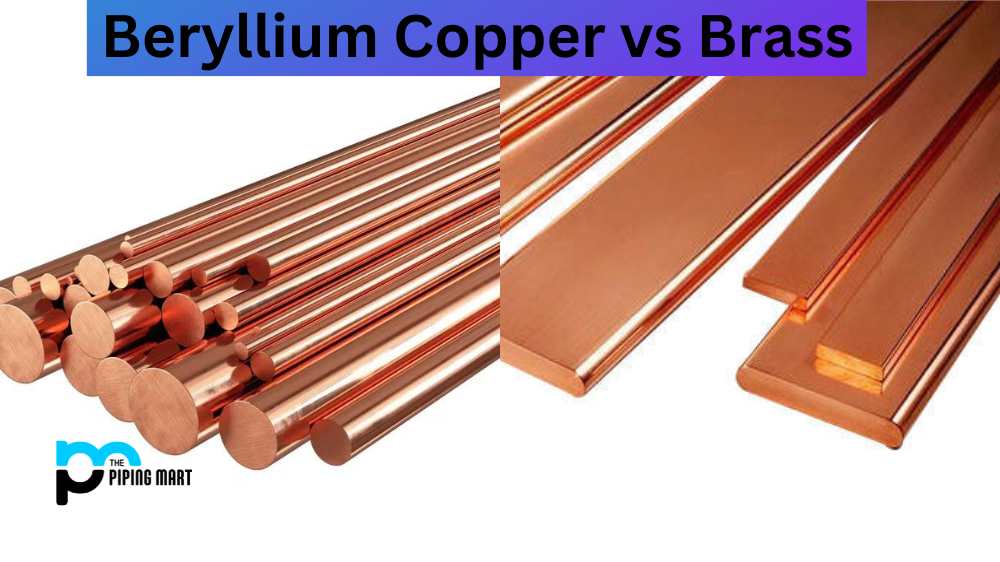When making a product, there are many methods to choose from. Two of the most popular processes are fabrication and casting. While they both aim to produce a finished product, they vary in how they work and their respective advantages and disadvantages. Let’s explore these differences between fabrication and casting in more detail.
Fabrication
Fabrication is the process of assembling a product from multiple parts. It involves cutting, bending, shaping, welding or joining different materials to create the desired shape. Due to its flexibility and cost-effectiveness, this method is often used for large-scale projects such as air conditioning systems or construction buildings. The main advantage of using fabrication is that it allows for quick production time with minimal waste material. However, it can be challenging to achieve complex designs due to the need for manual labour and precision tools.
Casting
Casting is a method used to produce parts by pouring molten materials into molds which solidify once cooled down. This makes it perfect for creating intricate shapes or complex designs that would otherwise be impossible with other methods, such as machining or forging. Additionally, castings allow manufacturers to create multiple identical products quickly with minimal human involvement required during production. On the downside, this process produces significant amounts of waste material, which can be costly to dispose of safely and properly.
- Fabrication is the process of creating a product from individual parts, while casting creates an effect by pouring molten material into a mold.
- Fabrication typically requires more labour than casting, as each part must be individually created and assembled.
- Casting typically results in a stronger product than fabrication, as the molten material used to create the product bonds the individual parts together more securely.
- Fabrication typically allows for more customization than casting, as each part can be individually designed to meet the product’s specific needs.
- Casting is typically more expensive than fabrication, requiring special equipment and materials.
Conclusion:
Both fabrication and casting are excellent processes for creating products; each has unique advantages that should be considered when deciding which method is best suited for your specific needs. Fabrication offers quick production times with minimal waste material. At the same time, casting allows for intricate details that would otherwise be impossible using any other method –– but at the expense of increased waste material produced during production. Careful consideration must be given to find the optimal solution based on your project’s requirements and budget constraints.

Pipingmart is a B2B portal that specializes in metal, industrial and piping items. Additionally, we share the latest information and information about materials, products and various types of grades to assist businesses that are involved in this business.




